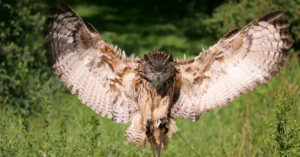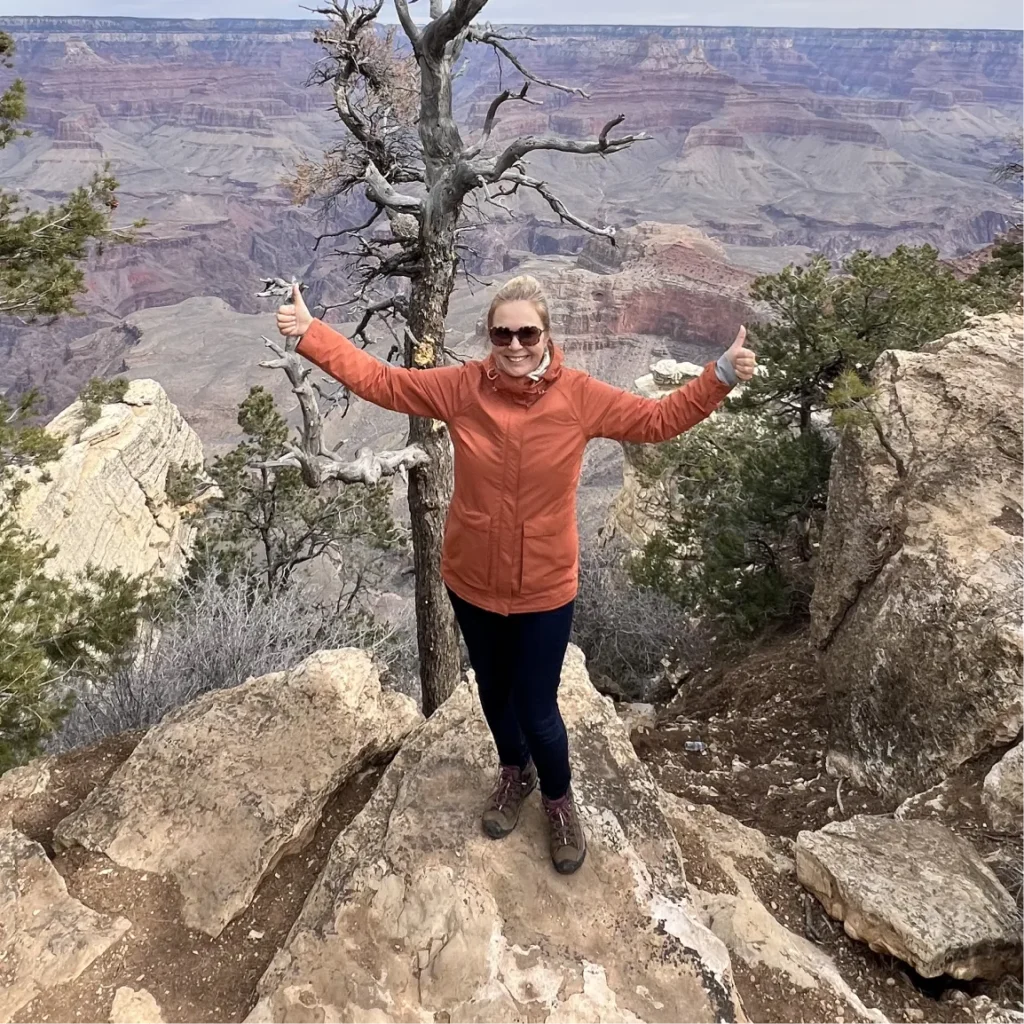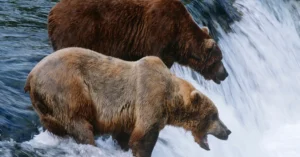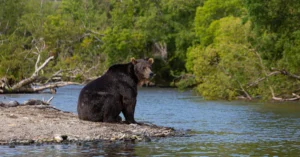Wildlife tracking is like stepping into a secret world, where every leaf, twig, and patch of dirt holds a clue about the animals that passed by. When you learn to read these clues, you can follow the paths of animals, see their routines, and understand their lives without ever seeing them. This isn’t just a fun adventure; it’s a way to connect deeply with nature and help protect our wildlife.
In this blog, you’ll learn all about the tools you need to start tracking, from simple guides to the latest apps. We’ll explore different environments, from dense forests to sandy deserts, to find out where you can spot the most interesting animal trails.
You’ll discover how to move silently and carefully to avoid disturbing the wildlife, ensuring they remain safe and undisturbed. We’ll also discuss the importance of tracking ethically, respecting the wildlife and the environment while you observe.
We’ll share some essential wildlife tracking tips to make you a skilled tracker, ready to understand the silent language of the wild. Let’s prepare to see the world through the eyes of its creatures, discovering the hidden lives of animals in their natural habitats.
Understanding Animal Tracks
Understanding animal tracks starts with noticing the details in the prints they leave behind. Every animal has a unique way of walking and the marks they make tell us who they are and what they were doing.
For example, a deer’s hoof print is different from a rabbit’s paw print, not just in size but also in shape.
Animals also behave differently. Some, like wolves, walk in straight lines because they know where they are going. Others, like squirrels, hop around and their tracks are more scattered. By looking at the pattern of tracks, you can tell if an animal was running, walking, or even if it was hunting.
Sometimes it’s tricky to tell tracks apart because some animals have similar footprints. A coyote’s tracks might look a lot like a dog’s, but you can learn to spot small differences.
Coyotes usually leave more space between each step and their tracks are more in a line compared to a dog’s. Paying close attention to these little details helps you know more about the animals that walked that path.
Essential Tools For Tracking

When you go wildlife tracking, some tools can help you a lot:
- Field guide: A good field guide is like a treasure map for animal tracks. It shows pictures and gives details about different animal footprints and signs.
- Measuring tools: Tools like rulers or measuring tapes help you figure out the size of tracks. Knowing the size can help you guess which animal left them.
- Camera: A camera lets you take pictures of the tracks. Later, you can look at these pictures to learn more or ask others for help if you’re not sure what you found.
Technology Also Adds A Lot To Tracking
- GPS: A GPS can tell you exactly where you are. You can use it to mark the spot where you found interesting tracks, so you can return later or share the location with others.
- Tracking apps: There are apps for your phone that can help you identify tracks right there in the woods. Some apps even track your route so you can see all the places you’ve explored.
Techniques For Finding Animal Trails
Finding animal trails requires understanding the landscape and how animals move through it. Here are some techniques to help you locate trails in different settings:
Various Terrains
- Forests: Look for trails along water sources and natural clearings where animals may come to eat or drink.
- Deserts: Search for tracks at the base of dunes and near vegetation, where animals might gather for shade or food.
- Snow: Tracks are easier to see in the snow, but remember to check the direction of the wind as it can blur the tracks.
Animal Movement Patterns
Each animal has a preferred habitat and specific behavior. For example, deer often follow the easiest paths, like old forest roads or ridges. Rabbits, on the other hand, might use the same small trails repeatedly through thick brush.
Seasonal Changes
The time of year can change how and where you find animal tracks. In spring, look near newly bloomed vegetation. During the fall, check around nut-bearing trees or bushes. Animals change their movement patterns based on what the environment offers them.
Following Animal Trails
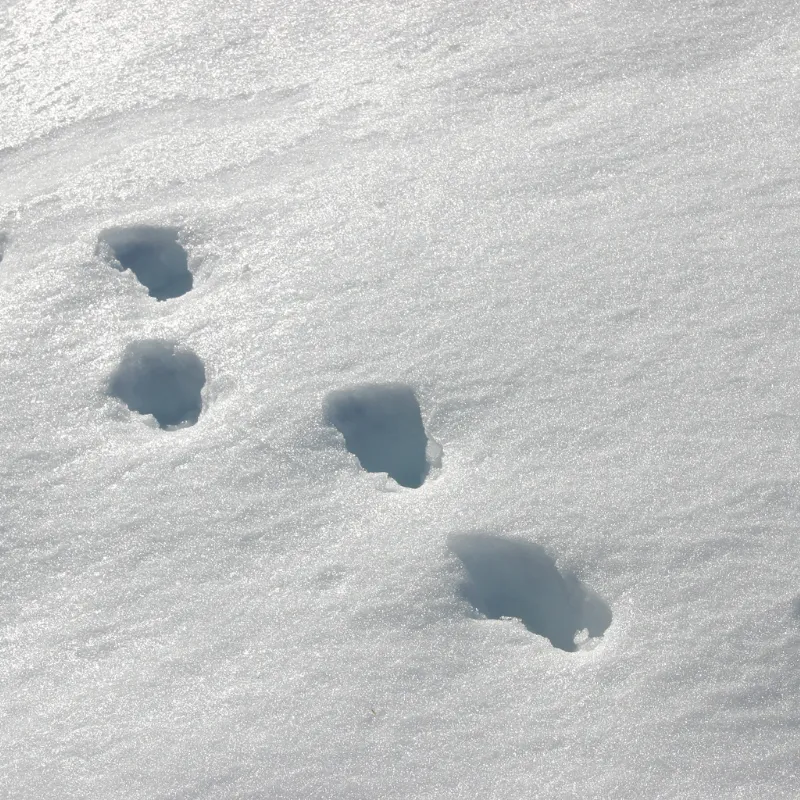
Following animal trails is an exciting way to connect with nature, but it’s important to do it responsibly. Here’s how you can follow trails without harming the environment and stay safe while doing it:
Guide On How To Follow Trails Without Harming The Environment
- Always stay on marked trails when possible to avoid disturbing the habitat.
- Move quietly and slowly. Quick movements can stress animals and cause them to flee their home area, which can affect their eating and resting habits.
- Avoid touching or altering the trail. Even moving a branch can erase valuable clues about animal behaviors.
Documenting Findings For Observation Or Reporting
- Keep a journal of your findings. Note the location, the type of track, the size, and the direction of the tracks. This can help you or others understand the animal’s behaviors over time.
- Take photos rather than taking physical souvenirs like feathers or nests from the site.
- If you’re part of a citizen science project or reporting to local wildlife organizations, ensure your data is accurate and timely.
Safety Precautions While On Trails
- Always let someone know where you’re going and when you expect to return.
- Carry essentials like water, snacks, a first-aid kit, and a fully charged phone.
- Be aware of your surroundings and watch for signs of wildlife that might consider you a threat, like bears or mountain lions.
Wildlife Tracking Tips
Here are some practical wildlife tracking tips to help you enhance your tracking success, stay unnoticed, and track over longer periods:
- Wear the right clothing: Choose clothes that blend with the environment and are quiet when you move. Bright colors can startle animals, and noisy fabrics can give away your location.
- Walk softly: Move gently to avoid making much noise. Soft-soled shoes can help muffle your steps, allowing you to approach trails without startling wildlife.
- Use binoculars: With binoculars, you can stay a comfortable distance away and still observe detailed behaviors without getting too close and causing stress to animals.
- Keep downwind: Animals are very sensitive to scents. Walking where the wind blows from them towards you (downwind) helps mask your scent.
- Patience is key: Often, you’ll need to sit quietly for long periods to see any animal activity. Bring something to sit on and be prepared to wait.
- Track at the right times: Early mornings or late afternoons are typically the best times for tracking as animals are more active during these periods.
- Regularly practice your skills: The more you practice, the better you’ll become at identifying tracks and understanding animal patterns.
Ethical Considerations In Wildlife Tracking
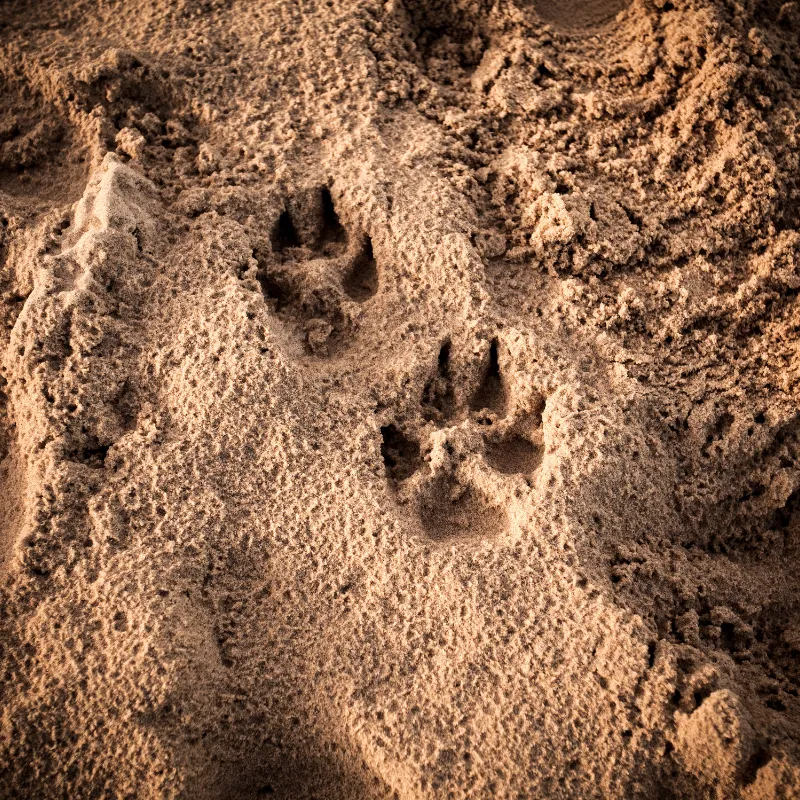
Ethical considerations are crucial when tracking wildlife to ensure that our curiosity and enthusiasm do not harm the very creatures we admire. Here’s how to approach wildlife tracking tips with respect and responsibility:
Importance Of Ethical Tracking Practices
- Always prioritize the welfare of the animals. This means keeping a safe distance to avoid stressing them and never attempting to interact directly with wildlife.
- Be mindful of the environment. Stick to existing paths and trails to minimize your impact on the ecosystem.
- Leave no trace. Whatever you bring into a natural area, make sure you take it back out. This includes all your trash and any other materials that don’t belong in the wild.
Regulations And Legalities Of Tracking Wildlife
- Know and follow all local laws and regulations. Many areas have specific rules about where and how you can track wildlife to protect both the animals and their habitats.
- In some regions, it might be illegal to track certain endangered species without a special permit or to track in specific protected areas.
- If you’re using camera traps or other equipment, make sure you’re allowed to install these devices. Some parks and wildlife reserves might restrict their use to prevent disturbances.
Final Thoughts
Wildlife tracking is a journey that brings us closer to nature’s intricate world. By learning to read the signs left by animals, we gain insights into their lives, contributing to both our knowledge and their preservation.
Remember, tracking is not just about the thrill of the find; it’s about respecting and protecting wildlife. Carry these lessons and tips with you into the wild, and each step will lead to a deeper understanding and appreciation of the natural world around us.
Let’s step softly, watch closely, and tread lightly on our adventures in wildlife tracking tips.


